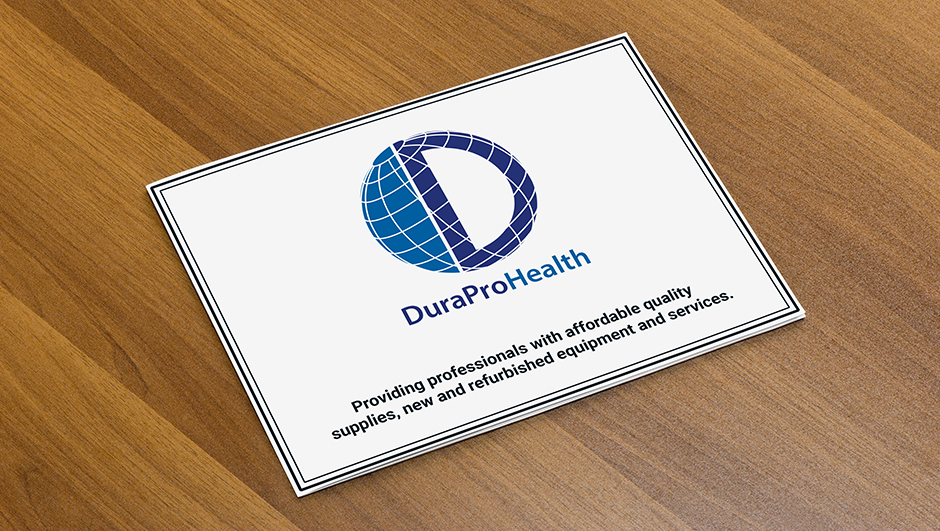 National Preparedness Month
National Preparedness Month
September is National Preparedness Month (NPM) In light of the most recent events, this week we will focus on cellphone use during an emergency.
Even though we are far from a hurricane’s reach we should always be looking to prepare for any disaster that may strike our area.
Remember….. “Disasters Don’t Plan Ahead, You Can.”
Below are a few tips on incoming and outgoing communications during an emergency
Communication is crucial during disaster situations both getting word on what’s going on and getting word out on how you are doing. Severe weather such as tornadoes and hurricanes can post unique challenges when cell towers are damaged or destroyed by large storms. When that infrastructure goes down, it means that traditional phone calls might not get through. Here’s a quick guide on your best bets for staying connected
Use text messages, social media and email to connect with friends and family in the event of an emergency
- Call or text through digital messaging services like iMessage, Whatsapp, Facebook Messenger, Skype, or even Snapchat for more reliable communication.
- Social media such as Facebook’s Safety Check feature are useful in times of disaster or crisis. Only your friends will see your safety status and the comments you share. But share sparingly!!
During natural disasters, cell towers that aren’t destroyed are typically overburdened by emergency response services. If possible try to find a working Wi-Fi signal and avoid directly using cell towers.
Have an emergency charging option for your phone and other mobile devices. Smartphones have become a vital tool to receive emergency alerts and warnings, so it’s important to make sure you can keep them powered up in an emergency. Be sure to change the settings on your phone to low power mode or place it on airplane mode to conserve energy.
Did you know it’s possible to recharge your phone with a 9 Volt battery.. check this out!!
Before the power goes out….
- Buy a power pack. Pick up a phone power bank. Different varieties can store enough power to recharge your phone up to six or seven times. Make sure to keep it plugged into a charger until the power goes out.
- Get a car charger. If you have a car and don’t have a charger, get one. This will let you recharge if you’ve exhausted all the options below.
- Fully charge your laptop. Your laptop battery is also just another power bank. To conserve its battery, shut down your laptop and keep it plugged into the wall until there’s no power. Later, you can charge your phone from its USB port, even when the laptop isn’t connected to a power outlet.
- Keep your phone plugged into the wall socket. Even if it’s fully charged, leave it plugged in.
When the power goes out

- Turn off your phone’s radios. WIFI, Bluetooth, and cellular receivers—are the biggest drain on battery life aside from the screen. Leave the phone connected to the cell network in case of emergency text messages or incoming calls. Put the phone in airplane mode (no cellular contact) or turn it off entirely if you aren’t using it and aren’t anticipating a call.
- Turn off push notifications Lots of apps send you notifications or alerts, and each one is a drain on the battery.
- Turn off and restart your phone to kill all open apps This ensures no unnecessary apps are running in the background
- Turn down the screen brightness. Most phones adjust their screen brightness automatically. Manually turn the display brightness down to the lowest level at which you can still read it.
- Send text messages instead of making phone calls. If you have to reach someone, texts use a lot less battery. Plus, they’re more likely to get through when the cell network is overwhelmed.
- Avoid using your phone. This may seem obvious, but during an emergency, your phone is a crucial survival device. Resist the temptation to check email and post non-critical updates on social media; leave the phone alone except for periodic updates on the progress of the storm.
Be prepared to stay Informed – Download the FEMA app for disaster resources, weather alerts, and safety tips.
Don’t wait till the disaster is upon you, sign up for monthly preparedness text messages:
Text PREPARE to 43362 (4FEMA) to receive additional monthly preparedness tips.
